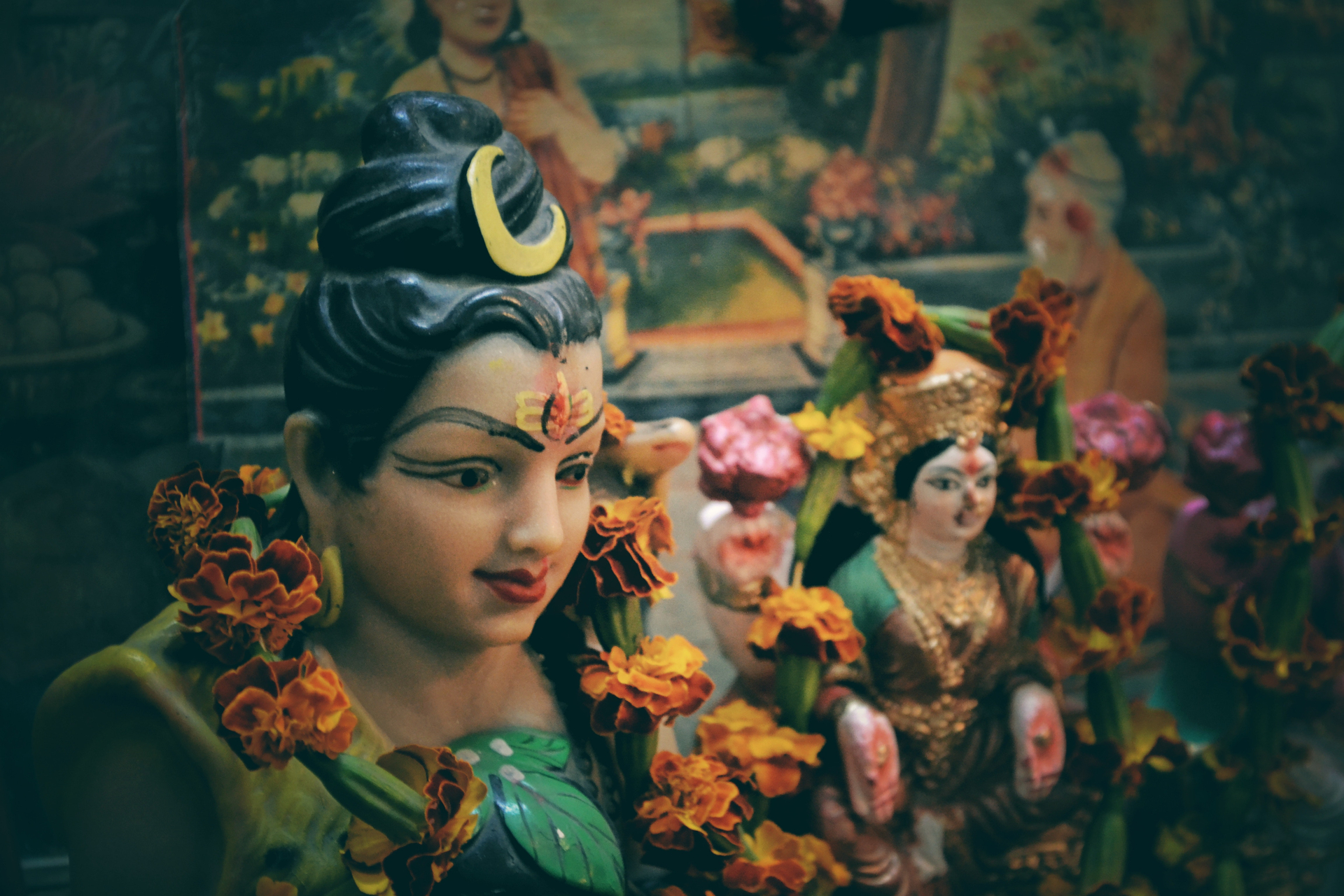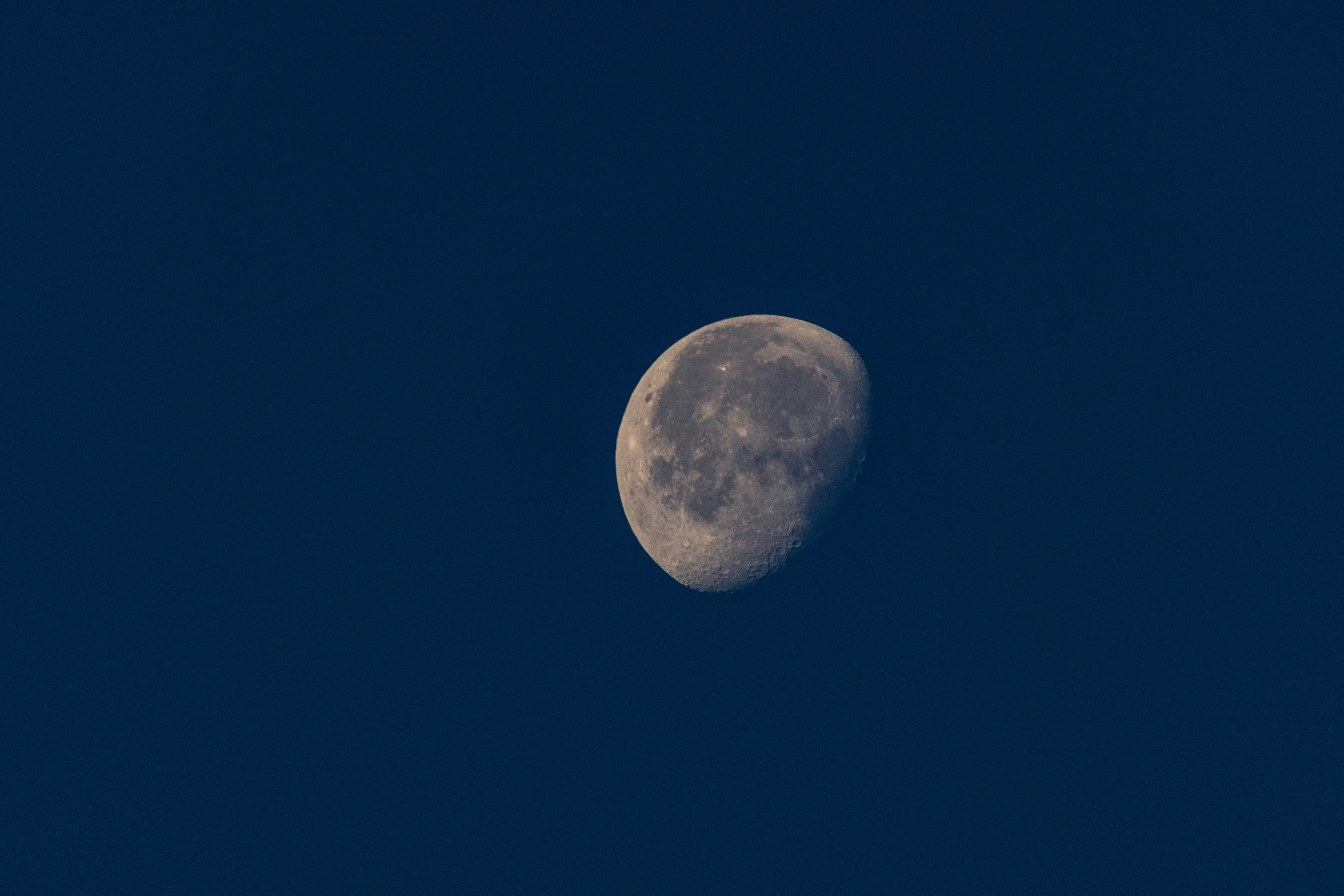Rudrabhishek for Weak Moon: Nurturing Lunar Energies through Vedic Rituals
Saiansh Arya • 2023-08-06
The Rudrabhishek mantra, an integral part of the sacred Vedic hymn known as the Rudram, is a divine chant dedicated to Lord Shiva. Its resonant vibrations evoke reverence for Shiva's various forms, from the blue-throated Neelakantha to the conqueror of death, Mritunjaya. Chanting this mantra during the Rudrabhishek ritual invokes blessings, protection, and transformation from the eternal auspiciousness of Lord Shiva. As the chant echoes through the ritual space, it weaves a tapestry of devotion, cosmic energy, and spiritual connection.
In the realm of Vedic astrology and spiritual practices, the celestial dance of planets significantly influences our lives. Among these planetary forces, the Moon, with its profound impact on emotions and intuitions, holds a crucial place. For individuals facing challenges due to a weak Moon in their birth chart, seeking solace and balance, the sacred ritual of Rudrabhishek emerges as a powerful remedy. This article delves into the symbiotic connection between Rudrabhishek and a weak Moon, unveiling the ritual's significance, execution, and potential to foster lunar harmony.
Understanding a Weak Moon
In Vedic astrology, a weak Moon can manifest as emotional turbulence, mood swings, and a sense of inner unrest. This can impact relationships, decision-making, and overall emotional well-being. Seeking remedies to strengthen the Moon's energy is a common pursuit for those aiming to restore emotional equilibrium.
The Symbiotic Connection: Rudrabhishek and Weak Moon
Rudrabhishek presents a profound opportunity to address the imbalances caused by a weak Moon:
- Emotional Stability: The vibrations generated during Rudrabhishek have a calming effect on the mind and emotions, helping to pacify emotional upheavals often associated with a weak Moon.
- Introspection and Clarity: The ritual's transformative energies can aid in introspection, facilitating clarity and self-awareness, which is particularly beneficial for individuals with a challenged Moon.
- Cultivating Inner Calm: Rudrabhishek's purifying effects extend to the emotional realm, fostering inner peace and emotional resilience.
Origins and Significance
Rudrabhishek traces its origins to the sacred texts of the Vedas, where the term "Rudra" encapsulates the fierce and transformative aspects of Lord Shiva. The ritual is a profound homage to these attributes, symbolizing both the destructive and creative forces inherent in the cosmos. Rudrabhishek is not merely an act of worship; it's an endeavour to align oneself with the cosmic energies, seeking divine grace and blessings for personal and collective growth.
The Essence of the Ritual
Central to the Rudrabhishek ritual is the Shiva Lingam, the sacred symbol of Lord Shiva's formless presence. The ritual involves the ceremonial bathing of the Shiva Lingam with a variety of sacred offerings, each imbued with profound symbolism:
- Milk: Signifies purity, nourishment, and divine consciousness.
- Water: Symbolizes cleansing and the life-giving force of existence.
- Honey: Represents sweetness, devotion, and the nectar of spiritual wisdom.
- Yoghurt: Embodies growth, sustenance, and the preservation of cosmic harmony.
- Ghee: Reflects purity, the removal of negativity, and the fire of transformation.
- Bilva Leaves: Revered as symbols of devotion, they represent the three aspects of Shiva - creation, preservation, and destruction.
The Ritual Process
The Rudrabhishek ritual unfolds in a sequence of meticulously performed steps, often conducted by trained priests who are adept in the nuances of Vedic practices:
- Purification: The ritual space and offerings are purified through the chanting of mantras and sprinkling of holy water.
- Abhishekam: The Shiva Lingam is bathed with sacred offerings in a rhythmic and synchronized manner. As each offering is poured, specific mantras are chanted to infuse the offerings with divine vibrations.
- Chanting the Rudram: The centrepiece of the ritual is the chanting of the Rudram, a Vedic hymn dedicated to Lord Shiva. This resonant recitation generates cosmic vibrations that reverberate through the atmosphere, creating an atmosphere of divine energy.
- Aarti and Blessings: The ritual culminates with the offering of aarti, where a lighted lamp is circled in front of the Shiva Lingam. Devotees seek Lord Shiva's blessings and grace as the ceremony concludes.
In Conclusion
Rudrabhishek, with its cosmic resonance and transformative energies, stands as a beacon of hope for individuals grappling with a weak Moon's challenges. As the sacred vibrations of the Rudram envelop practitioners, emotional healing and lunar equilibrium become attainable aspirations. Through the convergence of spiritual devotion and celestial energies, Rudrabhishek offers a celestial embrace that nurtures and revitalizes, fostering emotional balance and inner harmony.
See More Posts
a GENUINE ASTROLOGY platform
Orion Digital Solutions, 2024. All rights reserved.




